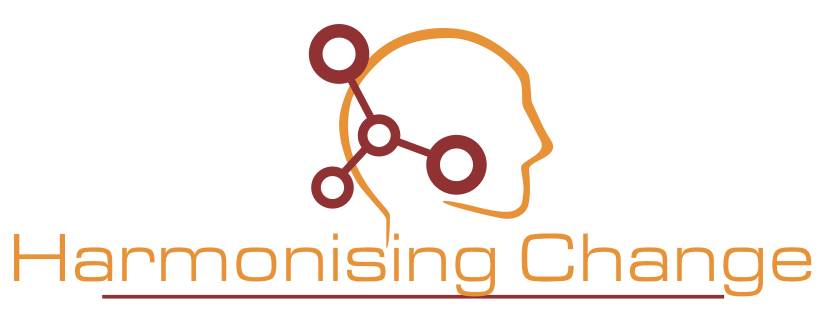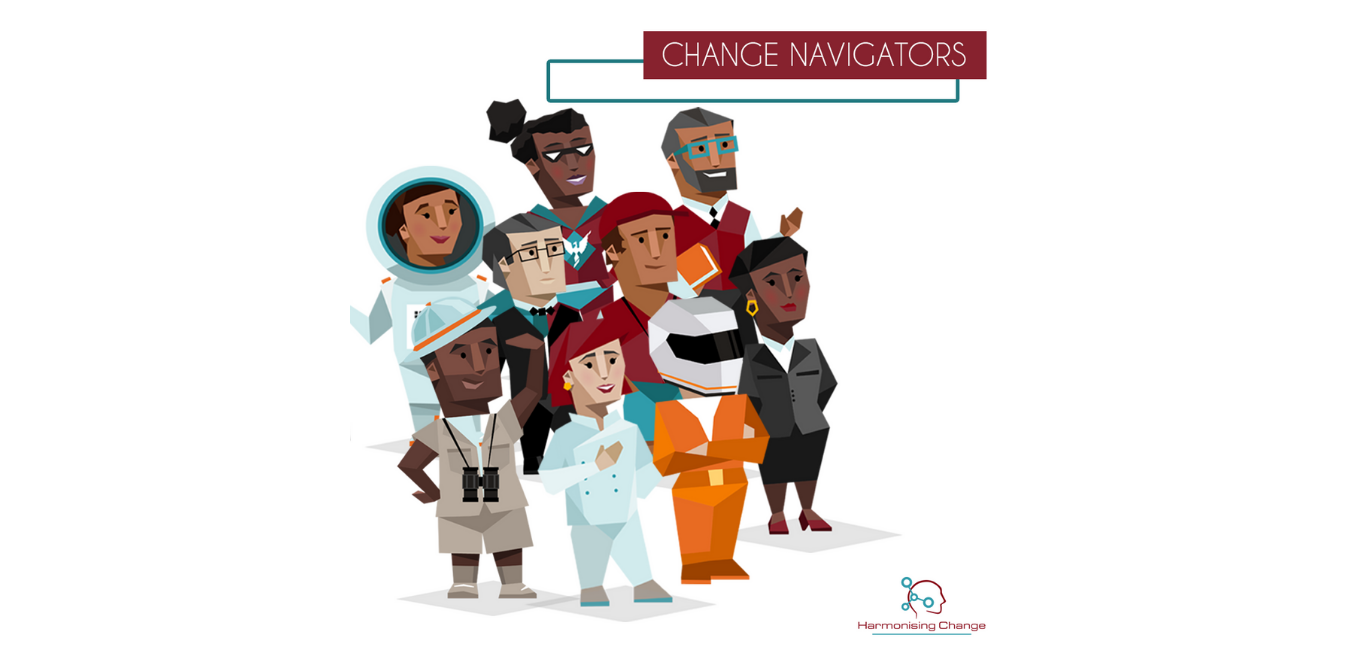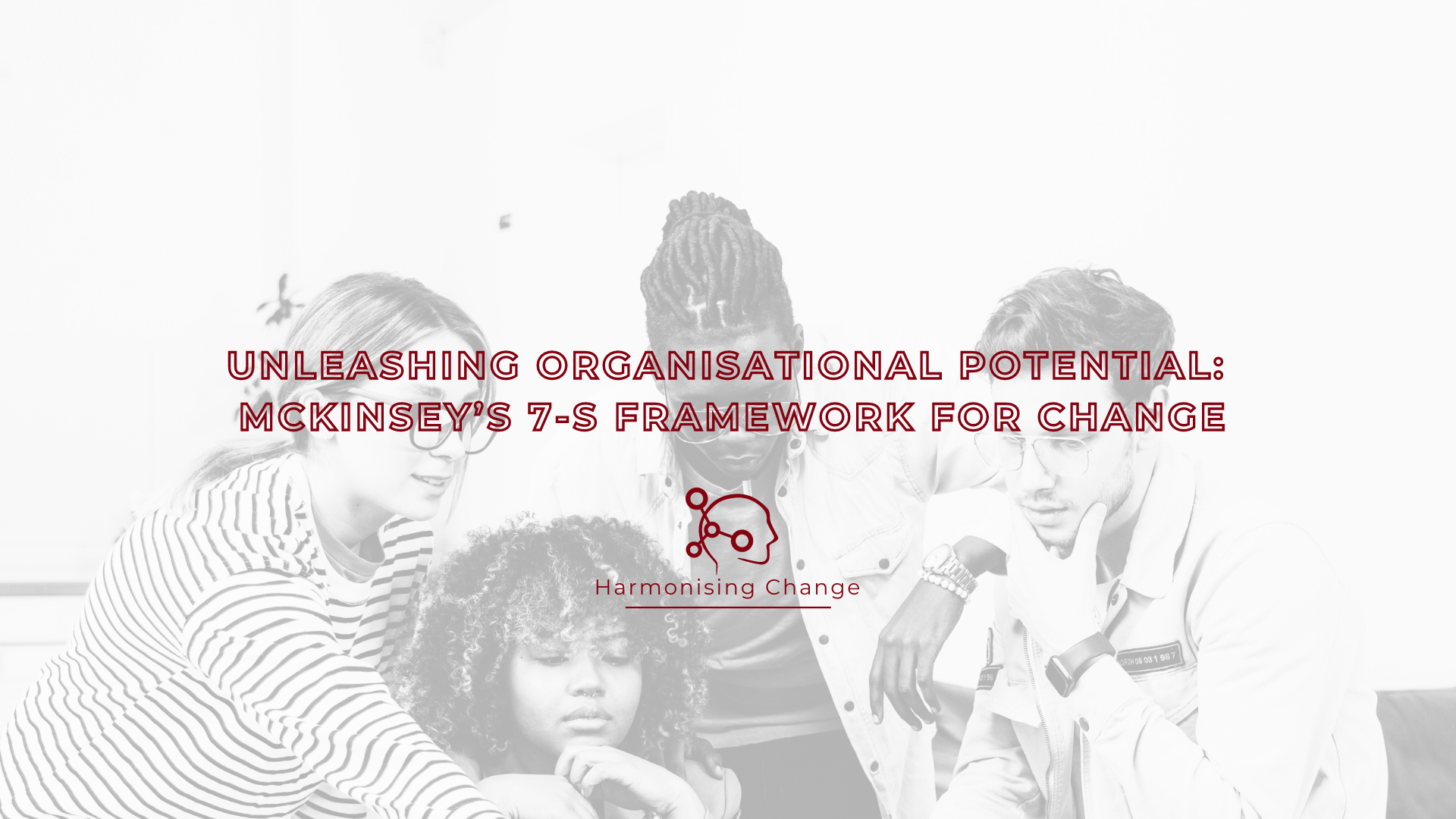
Strategies of Negotiation for Change Management – Decoding Body Language and Speech Patterns
One of the biggest challenges we face when introducing change in the workplace is resistance.
Employees may not support the change for a variety of reasons. Undergoing transformation on any level is a deeply personal experience and as change enablers we need to work with these people to unpack the reasons, and any negative emotions, they have towards the change project.

By being aware of, analysing and recognising behaviours that indicate possible resistance, can help in raising awareness on the need to address these concerns. It is important to communicate that resistance is anticipated and acknowledge that all emotions are valid. In doing so, you create an open culture that embarks on an inclusive change journey within your team, ensuring a mutually beneficial outcome for all.
By decoding body language and speech patterns, we can start to understand the people we are working with and their attitude towards the project. Let’s look at the 7-38-55 Rule.
In interpersonal communication, 7 percent of a person’s effort is conveyed via spoken words, 38 percent by tone of voice, and 55 percent through body language. All of which is to say, your tone of voice is more than five times as important as what you’re actually saying. If the tone of voice and body language of the person you are communicating with indicates that they’re getting fired up, employ some of your mirroring techniques and use a soothing voice to defuse the situation.
When you’re having these heavy discussions around resistance to change, pay attention to how the person is speaking and acting. Does what they are saying match up with how they’re carrying themselves? Look at the people who are not talking? What is their body language signalling? People who are being sincere don’t typically calculate their body language, the opposite is true for people who are being dishonest. The goal here is to identify resistance that is as a result of genuine concerns, and work to eradicate any trouble makers who are disinterested in any opportunities for growth through transformation.

When working on communications plans for your change project, it is vital that you acknowledge resistance as a natural part of any transformation. In doing so, we want to develop a culture wherein change is normalised and harmonious. By working to achieve a mutually beneficial outcome, we want to build a team that is brave enough to embrace their feelings of resistance, analyse and address them with change enablers. Stamping out resistance early on, means that growth and transformation can become the key focal points in ensuring project success.
Get in touch with us at info@harmonisingchange.co.za to find out more or Contact Us about how we work with businesses to create and implement successful change strategies.



